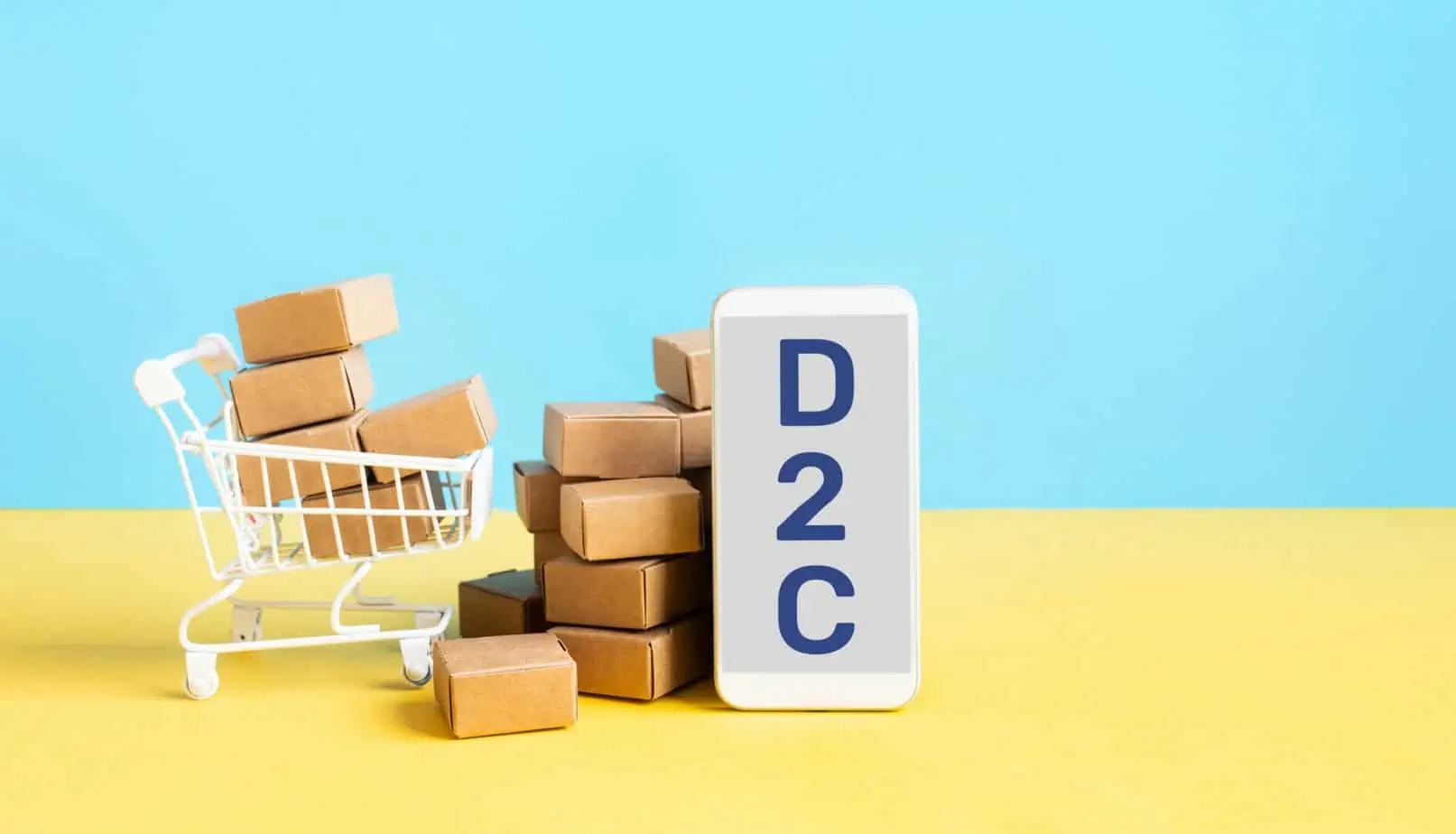Direct to consumer brands, which once were looked at as the future of commerce, are currently going down hard. Brands like Warby Parker, FIGS, Allbirds, Stitch Fix, Etsy, and Peloton are seeing their share prices decline massively. These companies seemed to have everything going for them, with promises of low overheads, global customer bases, and no middlemen, and yet their share prices have gone down by 60% in the past six months, and in some cases even more.
While their products are beloved and the brands well regarded in terms of quality, the confidence of investors has waned. This is mainly due to a combination of factors that has rocked the D2C industry as a whole. Due to the issues that the pandemic brought to supply channels, shipping costs have soared significantly. This coupled with higher Facebook ad prices, worse ad measurement, and smaller than expected audiences has dealt an almost crippling blow to the market.
On top of that, an analysis of public D2C companies with market caps of $800 million or more, made by Big Technology, found that almost all of them are struggling with shrinking margins and revenue, runaway losses, or a combination of them. In 2022, these companies have lost billions in market cap in a year that was already difficult for industries to begin with.
But out of all these, the rising Facebook ad prices seem to have been the most damaging factor. From the start, D2C companies have used social media and mainly Facebook as an affordable source for advertising. This was necessary for them due to their lack of physical spaces where a customer could walk in, using these ads to lure them to their virtual spaces instead.
At the time they went public, these companies had very limited brand awareness. Warby Parker, for instance, only had 13% brand awareness when it went public. Through Facebook, D2C companies could reach thousands of customers for just a few dollars.
But that’s not the case anymore. Rising demand has caused ad prices to triple within the past two years. Where reaching 1,000 customers could have cost around $6 in the past, the price could be as much as $18 now.
As previously mentioned, issues with the supply chain driving the rising cost of shipping is another critical problem. Due to the pandemic, the cost of importing containers from China increased dramatically, as much as 10 times in some cases. Given that these brands rely on shipping and imports for their operations, they have struggled to make up for that increased cost in their operations.
And yet another less mentioned but still important problem is the changes made to Apple’s iOS privacy settings and policies. iOS 14 privacy changes affected the ability of D2C brands to measure how well their social media ads are working, with internal metrics being off by as much as 40 to 50%. This severely limits how the companies can optimize their social media campaigns, which reduces their effectiveness. Coupled with the increased ad prices, they are paying more for less.
But D2C brands are not looking at this situation with crossed arms. Many companies, including Allbirds, have reached out to their investors to specify their plans to deal with these problems.
Allbirds specifically has shifted to grow its wholesale operations, opening three dozen physical stores, expanding its product categories, making new products, and establishing new partnerships. Tim Brown, Co-CEO and co-founder of the company, revealed to investors that their collaboration with Adidas saw them sell 90% of their inventory in three days. This shift to more physical selling has clearly worked, with retail channel sales going up by 129%. However, investors remain concerned given the current market.
Allbirds referred to “external headwinds” several times during their investor call and expressed that they would remain to apply a cautious outlook for 2022 until they could ascertain how these elements would play out.
While the brands have tried to work their way out, the numbers are not looking great. Allbirds, Warby Parker, Peloton, and Wayfair have posted significant losses or margin contraction over the last year. To give a concrete example, Wayfair went from $173 net income in 2020 to losing $78 million in 2021’s third quarter. In the same quarter, Warby Parker lost $91 million, though that’s in part due to stock compensation.
With interest rates rising, investors are warier of these companies. Furthermore, they have started to ask whether their valuations might be overblown, given that the market for their products doesn’t seem to be as large as projected. This has been reflected in the stock prices of these companies, with companies going down at least 19%. Some, like Allbirds and Warby Parker, have gone down significantly more with 64% and 40% decreases respectively.
And yet, the D2C space is not dead, far from it. Big brands like Nike are positioning their portfolios to take more advantage of these spaces. Furthermore, the rising prices of Facebook ads could be counteracted by moving to other platforms such as TikTok. And yet, seeing these public valuations in the billions contrast with such stark realities is not easy. Only time will tell how the D2C market fares.

